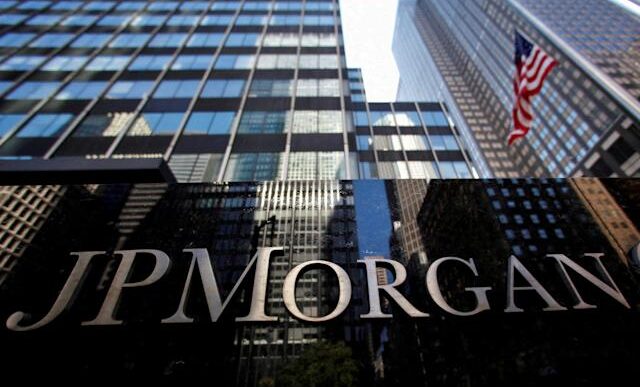India’s economy is projected to expand by 6.5% in the fiscal year 2025-26, according to the latest EY Economy Watch report. The report highlights the importance of strategic fiscal policies to sustain growth, emphasizing increased investments in education, healthcare, and infrastructure to strengthen human capital.
For FY25, real GDP growth is expected to reach 6.4%, in line with the National Statistical Office’s (NSO) revised estimates. Historical data suggests that India’s real GDP grew by 7.6% in FY23 and 9.2% in FY24, with a projected 6.5% growth rate for FY26. However, meeting these targets will require a strong economic push in the final quarters of the fiscal year.
Boosting Investments to Sustain Growth
The report underscores the need for increased capital investments, particularly in public infrastructure, to drive economic expansion. Given the challenges in achieving high private consumption growth, the report suggests that government-led investments could play a crucial role in maintaining momentum.
While fiscal deficits remain a concern, the report notes that a higher nominal GDP could provide some flexibility for additional government spending without significantly impacting fiscal discipline.
Strengthening Human Capital for Long-Term Economic Gains
With India’s working-age population steadily increasing, the report stresses the need for enhanced spending on education and healthcare to ensure sustainable growth. Over the next two decades, education expenditure should rise from the current 4.6% of GDP to 6.5% by FY2048. Similarly, government spending on healthcare needs to increase from 1.1% of GDP in 2021 to 3.8% by FY2048 to improve access and outcomes.
DK Srivastava, Chief Policy Advisor at EY India, stated, “India’s demographic advantage can translate into economic growth if human capital investments are prioritized. Increasing the revenue-to-GDP ratio and gradually expanding government spending on key sectors will be crucial.”
Bridging Regional Disparities Through Fiscal Reforms
The report highlights the need for targeted financial support to low-income states, particularly those with a younger demographic. Equalization transfers, designed to balance fiscal inequalities across states, are recommended as a means to ensure equitable access to education and healthcare.
To fund these initiatives, the report suggests increasing the revenue-to-GDP ratio from the current 21% to 29% over time, enabling the government to support critical investments while maintaining financial stability.
Path to a Resilient Economy
The EY report concludes that a balanced fiscal strategy, prioritizing human capital development alongside disciplined government spending, could drive India’s long-term economic resilience. With strategic reforms and targeted investments, India has the potential to sustain high growth and enhance its global economic standing.
















